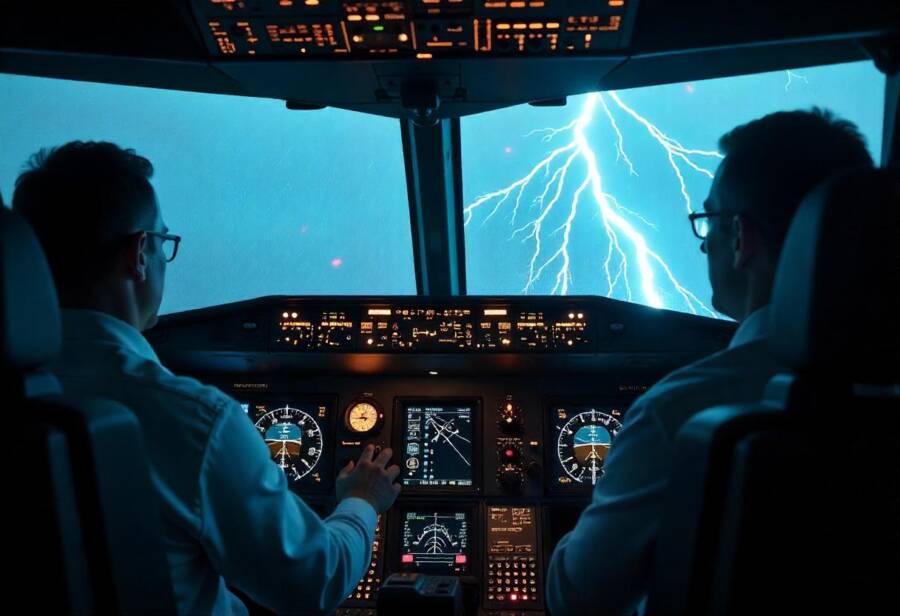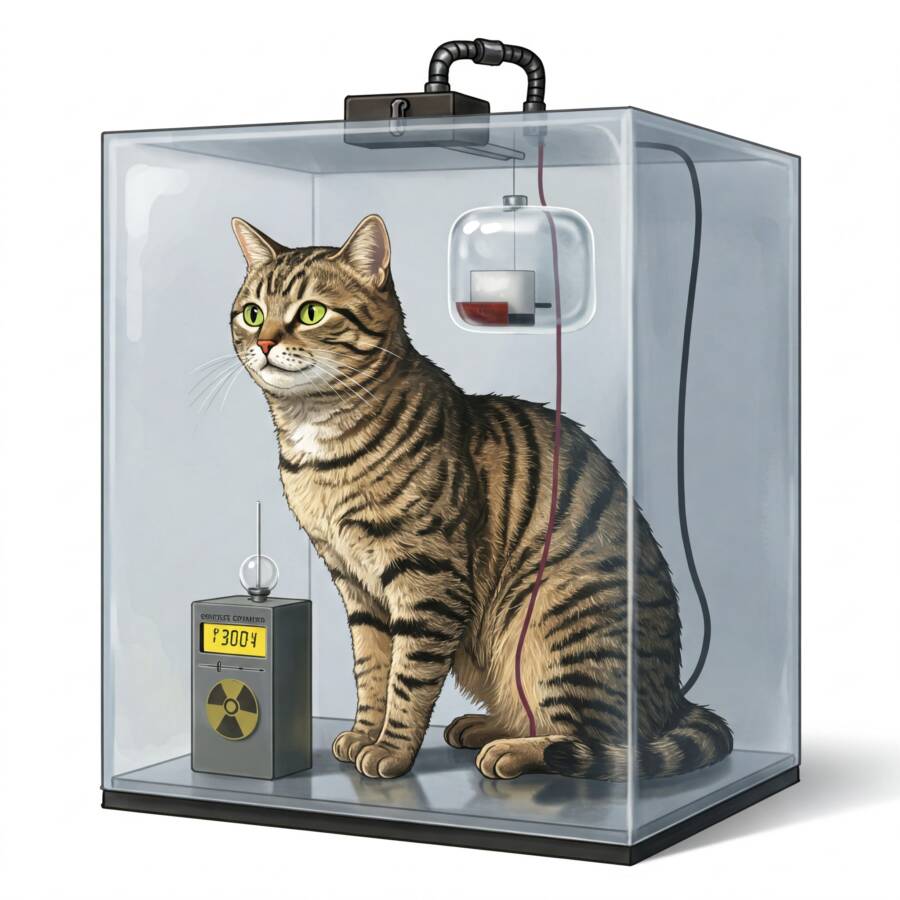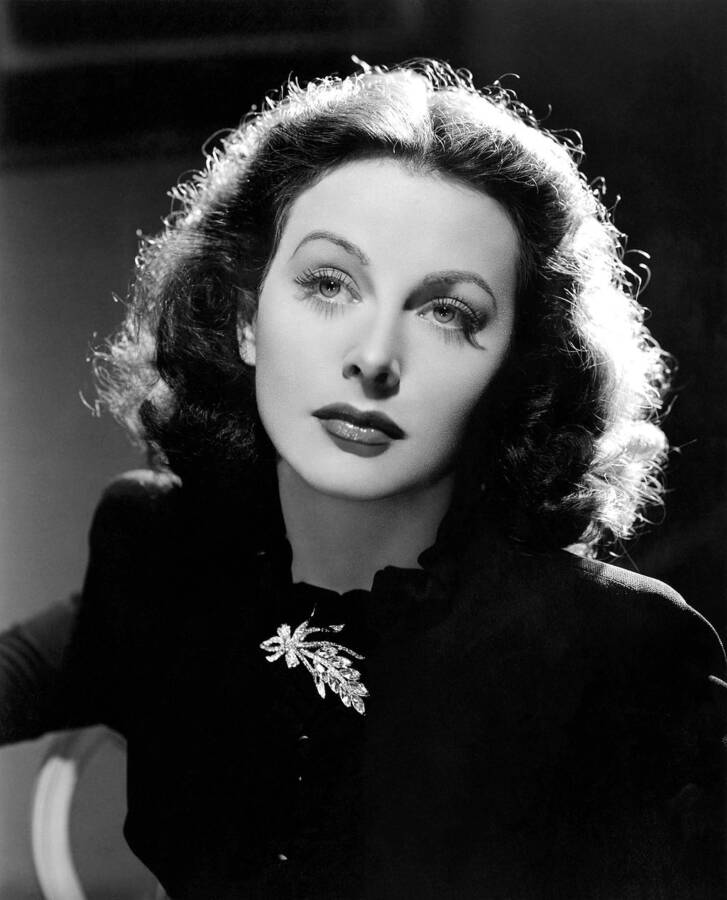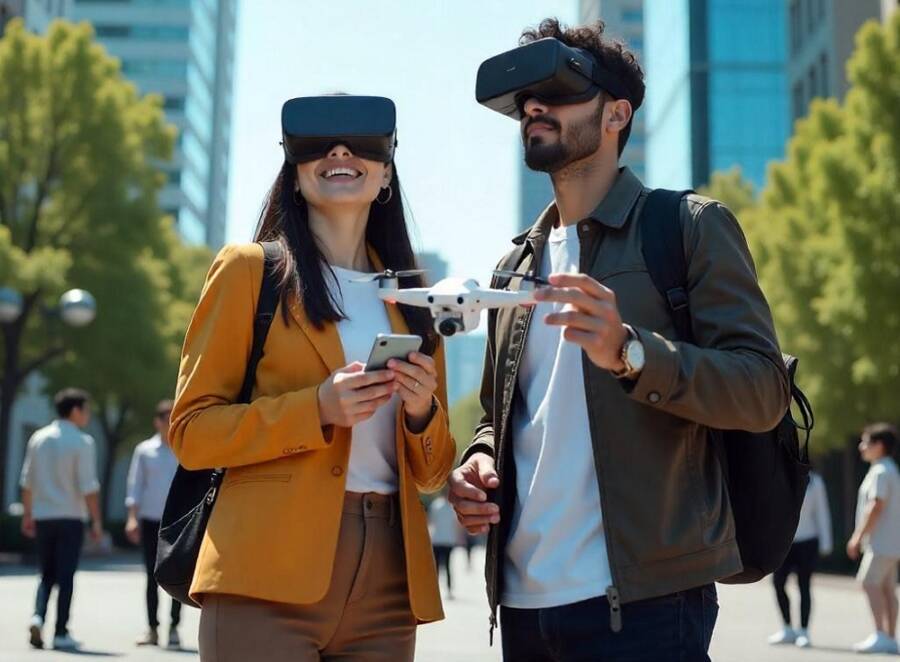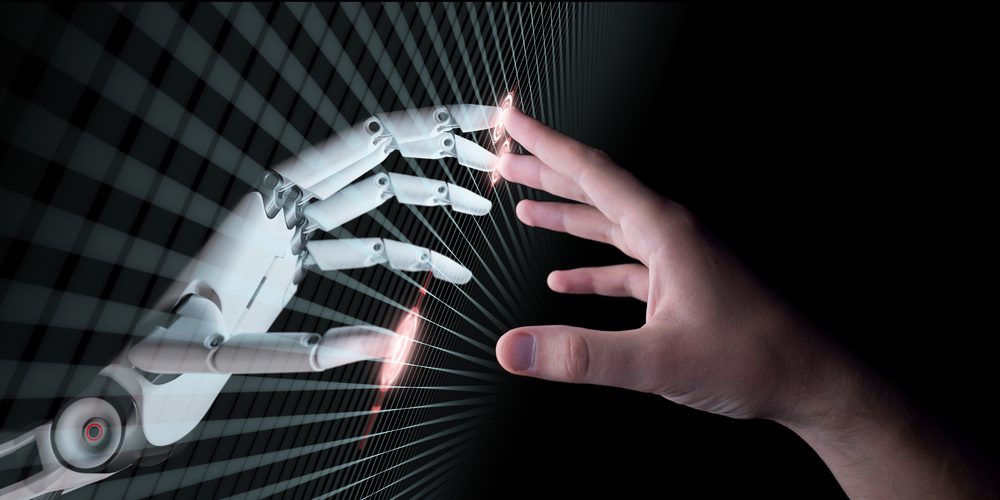Is the Moon landing fake?
Moon landing conspiracy theories remain as common nowadays as they ever were, perhaps even more so. Five decades after Neil Armstrong and Buzz Aldrin walked on the Moon, some people claim it never happened and was all a huge hoax by the US government.
According to Roger Launius, NASA’s former chief historian, the suspicions arose even as the great event was taking place in 1969. Soon, conspiracy theories that considered the Moon landing fake started to multiply.
Moon fact: You can spot the Apollo landing sites using a powerful amateur telescope, and if you look at the photographs from the Lunar Reconnaissance Orbiter, you can see the remnants of the Apollo missions yourself.
So, did the US government fake the Moon landing? Here are 6 conspiracy theories debunked!
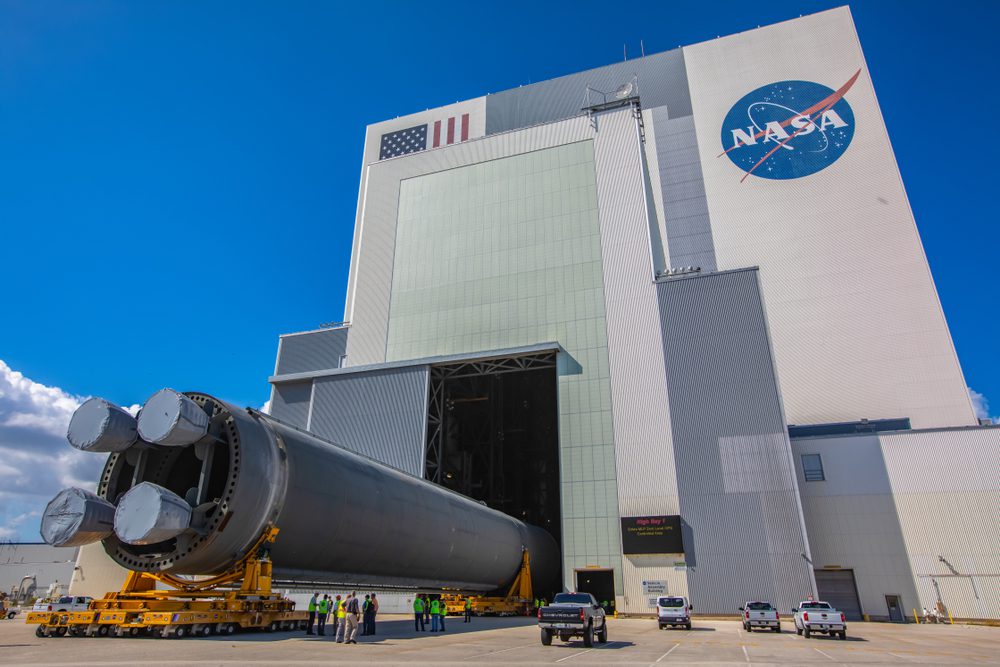
Is the Moon landing fake?
If you find yourself in a debate wondering whether humanity first stepped on the Moon on July 20, 1969, chances are that you’re woefully unprepared. Most people believe that the US government, the 12 spacemen in total who’ve stepped on the Moon, and the 400,000 people taking part in the Apollo program would have neither the way nor the will to fake one of humankind’s greatest ever achievements.
But there are those who consider the Moon landings fake. They think the US government faked Apollo 11 and followed missions either to divert attention away from the Vietnam War or to strike a crucial blow to the USSR in the Space Race. The arguments for any of these points of view rest on finding proof that will show the landings were faked.
Moreover, some people point out peculiarities in specific videos or images to give an answer to the question, „Is the Moon landing fake?” If someone came to you with these oddities as evidence, what would you say?
Here are some of the most common arguments supporting these viewpoints and why each of them is wrong.
1. Why do the shadows on the Moon look wrong in Apollo photos?
Most people who consider the Moon landing fake are still wondering why the shadows on the moon don’t look right in the photos taken by NASA. Light fill when the spacemen should be in shadow? Suspicious multiple light sources? Non-parallel shadows on the lunar surface?
Evidence not of a hush-hush cover-up, but of the accusers’ little photography and lighting knowledge. According to experts, non-parallel shadows can come from a single light source because of perspective, and the uneven topography of the Moon’s dips, lumps, bumps, and hills.
Moreover, uneven lunar topography can also affect shadow length, resulting in those „weird” shapes. The Moon’s surface reflects about 8% of the sunlight that falls on it, illuminating areas that may seem like they should be in shadow.
Another detail that most people who consider Moon landing don’t know is that sunlight was also reflected off the aluminized foil on the white spacesuits and the lunar lander, as well as off Earth itself as ‘earthshine’.
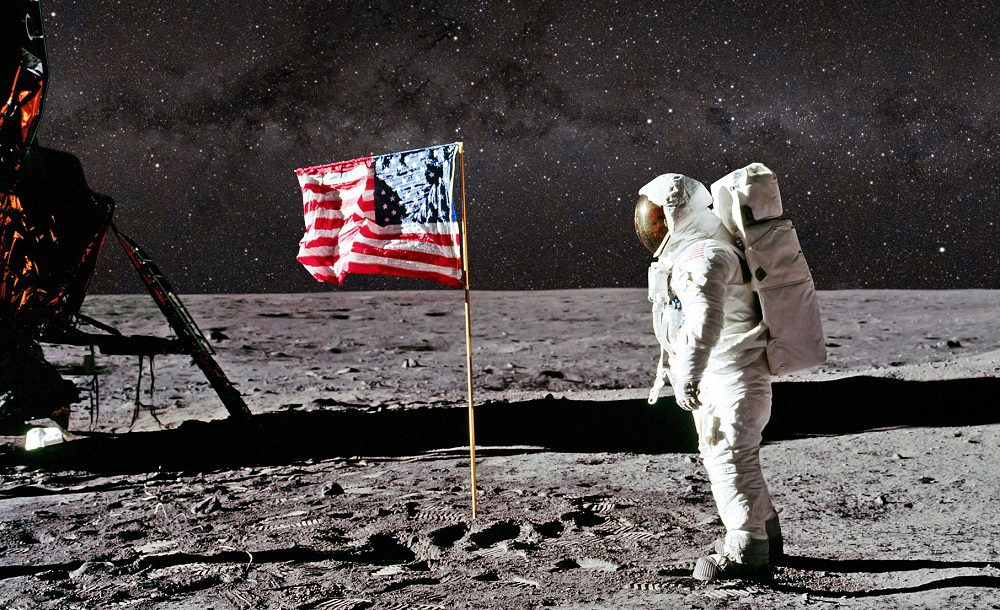
2. Why did the US flag on the Moon seem to flutter as if there was wind?
The laws of physics still apply, even on the Moon. That’s another fact most people who consider the Moon landing fake tend to forget (or don’t know).
The US flag the astronauts planted on the lunar surface was purchased from a local shop in Houston for $5.50. They hemmed it at the top so that it hung from a horizontal crossbar that was fixed on top of the pole.
In the NASA picture, you can see the flag move when the pole is spun into the ground by the spaceman. Since there’s no air resistance, any residual flag fluttering lasts longer than it would in an atmosphere.
If you take a closer look at the NASA video, you can notice that the flag only moves when (or seconds after) the astronaut has handled it.
3. There are no stars in the Apollo images’ background
In Apollo photos of astronauts on the Moon, the sky looks a bit different from what we know a night sky looks like. More specifically, there are no stars on it. This is because the brightness of the lunar day is stronger than their faint light, overpowering them.
According to experts, the Apollo Hasselblad cameras had their shutter speed and exposure set to capture the activity in the bright close-up, so fainter background stars cannot be seen on the film.
To take a photo of faint stars, you need a wide aperture and a long exposure. However, if NASA had done that, all the images would have been overexposed.
4. How did the Apollo spaceship cross the Van Allen Belts?
Those who believe the Moon landings are fake seem to enjoy focusing on the Van Allen Belts as a sort of impenetrable barrier. Van Allen Belts are areas of geomagnetically trapped, high-energy particles that surround Earth.
However, a path was set to avoid the dangerous regions of the belts, and the spacemen weren’t in this region for very long as they raced to the Moon, shielded by the spacecraft.
Any potential radiation hazards were taken into account, and flights were scheduled so that there were no major solar weather events. Moreover, all the astronauts wore personal dosimeters, which measure radiation exposure. This way, the exposure was low—no more dangerous than an X-ray.
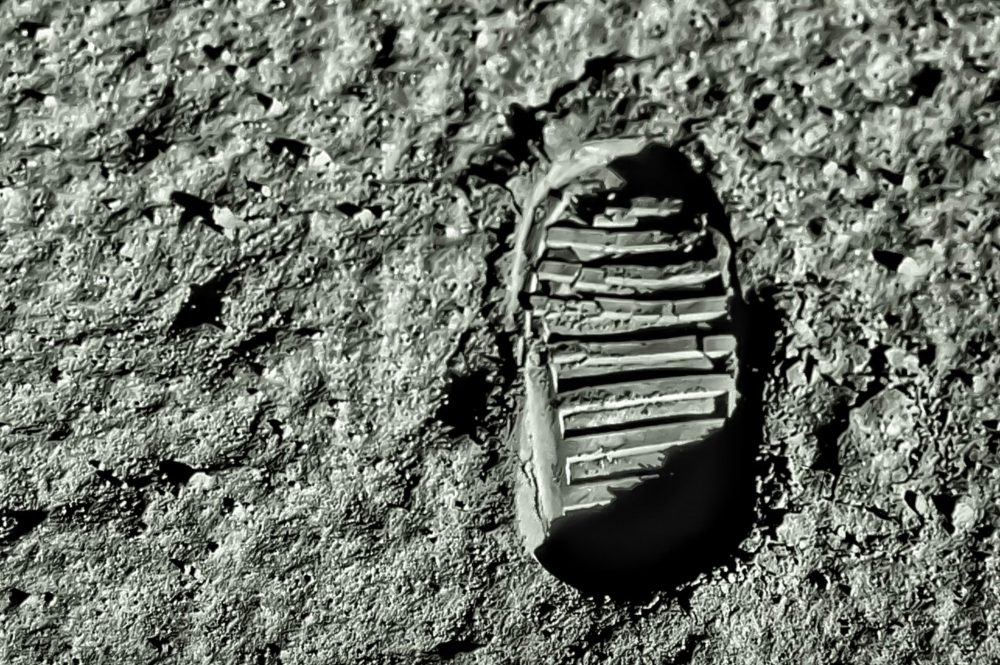
5. Why haven’t there been any Moon landings since Apollo?
Apollo was hazardous, prohibitively expensive, and ultimately unsustainable. Once President Kennedy’s big challenge had been accomplished, there was neither the budget nor political incentive to keep it going.
However, we’re going back to the Moon, and according to experts, it seems that the next such event will probably occur very soon.
But as always, such grand projects are at the discretion of financial priorities, short, fickle political cycles, and most importantly, the public’s appetite.
6. Wasn’t the Moon landing shot by director Stanley Kubrick in a studio?
In 1962, when President Kennedy gave his famous “we choose to go to the Moon” speech, the technology to get people to the Moon and back didn’t exist. Spaceman Alan Shepard had only made the first American suborbital flight, which lasted only 15 minutes that year.
However, in eight years, with 400,000 people working for thousands of different companies making spacesuits, rockets, flagpole assemblies, landers, and guidance computers and an investment of billions of dollars, the US government made it happen.
What would have been technologically impossible in the 1970s was to fake the Moon landings in a studio. Video camera technology was primitive, as were film special effects. As magnificent as Kubrick’s “2001: A Space Odyssey” was, the scenes showing the Moon’s surface are hardly realistic.
Movies like “Diamonds are Forever,” in which James Bond played by Sean Connery interrupts a fake Moon landing scene, and “Capricorn One,” about a fake mission on Mars, amplified the theories that the Moon landing actually occurred in a film studio.
From the Apollo Moon missions, there are thousands of hours of video footage, 8,400 publicly available photos, audio recordings of all air-to-ground conversations, and a mountain of scientific data. We even have 842 pounds of Moon rock that Apollo astronauts brought back to Earth. Moreover, these rocks have been independently described as lunar by laboratories around the world.
This being said, no, the US government didn’t fake the Moon landing. It is as real as that. If you want to read more about the subject, here’s a book that brings up some details on the matter that you probably didn’t know.
You may also want to read 6 Most Popular Conspiracy Theories in History.

